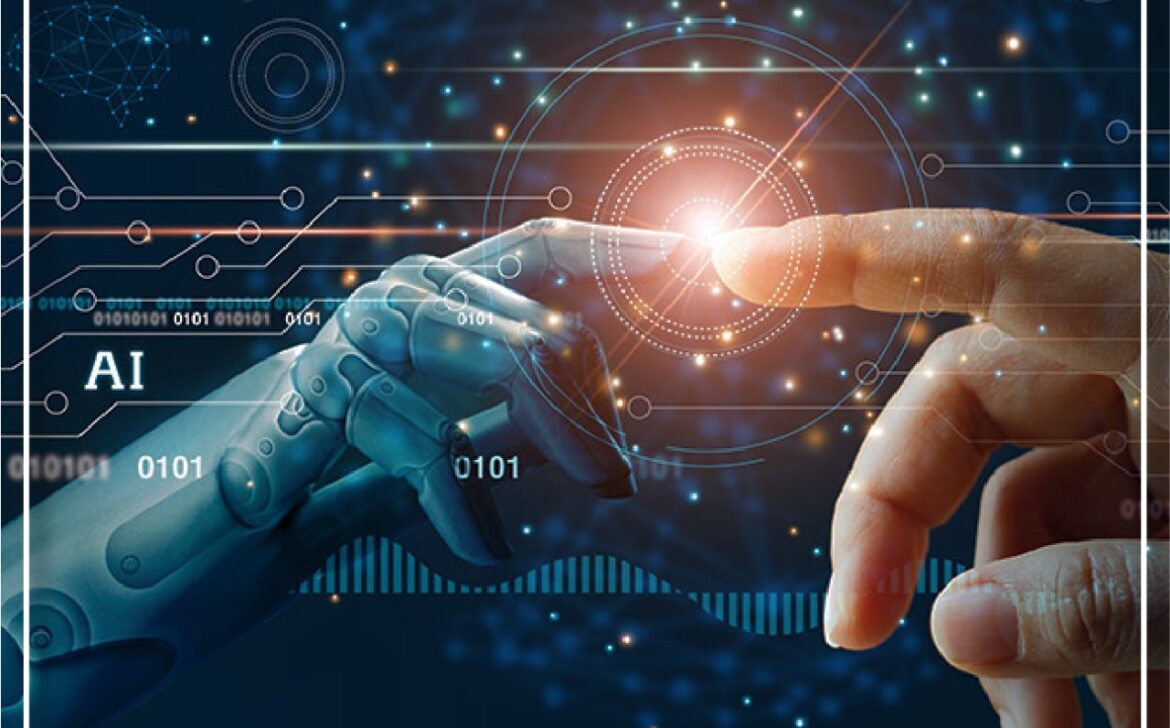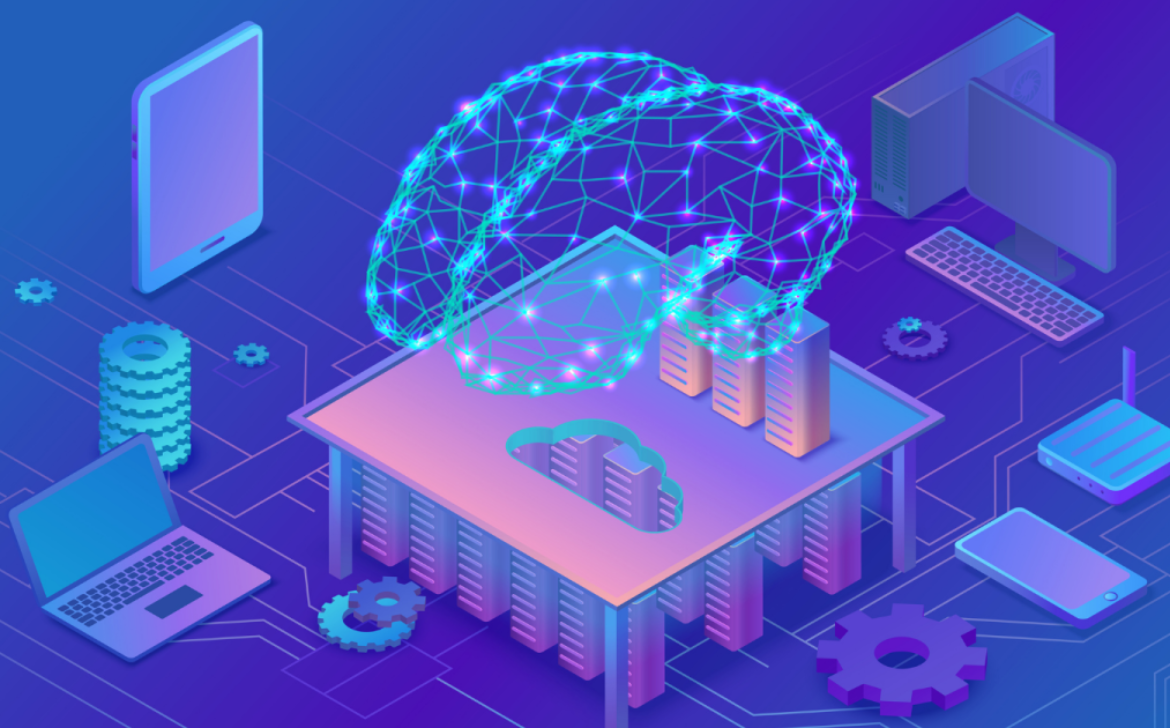The Impact Of Artificial Intelligence On The E-Commerce Industry
Product upselling and cross-selling on the Amazon E-commerce platform is one of this retailer’s major success stories, accounting for an impressive 35% of total revenues.
What technology is powering this mode of conversion?
Amazon’s product recommendation technology is powered primarily by artificial intelligence (AI).
Aside from product recommendations, online retailers are using artificial intelligence in the eCommerce industry to provide chatbot services, analyze customer comments, and provide personalized services to online shoppers.
According to a 2019 Ubisend study, one in every five consumers is willing to buy goods or services from a chatbot, and 40 percent of online shoppers are looking for great offers and shopping deals from chatbots.
While global e-commerce sales are expected to reach $4.8 billion by 2021, Gartner predicts that by 2020, around 80% of all customer interactions will be managed by AI technologies (without the use of a human agent).
So, how is artificial intelligence in e-commerce changing the shopping experience in 2019?
Let’s look at some of the most important applications of artificial intelligence in eCommerce, as well as some real-world industry examples, in this article.
How is Artificial Intelligence changing the shopping experience?
The use of artificial intelligence in online shopping is transforming the E-commerce industry by predicting shopping patterns based on the products purchased and when they are purchased.
For example, if online shoppers frequently buy a specific brand of rice every week, the online retailer could send these customers a personalized offer for this product, or even use a machine learning-enabled recommendation for a supplementary product that goes well with rice dishes.
AI-enabled digital assistants, such as the Google Duplex tool, are developing capabilities such as creating grocery lists (from the shopper’s natural voice) and even placing online shopping orders for them.
4 Major AI Applications in E-commerce
While there are numerous benefits to using artificial intelligence in eCommerce, here are four major AI applications for eCommerce that are currently dominating the industry.
Chatbots and other forms of virtual assistance
Chatbots or digital assistants are increasingly being used by e-commerce retailers to provide 24×7 support to their online customers.
Chatbots, which are built with AI technologies, are becoming more intuitive and enabling a better customer experience.
Chatbots, in addition to providing good customer service, is increasing the impact of AI in eCommerce through capabilities such as natural language processing (or NLP), which can interpret voice-based interactions with consumers.
- Providing deeper insights to consumers in order to meet their needs.
- They have self-learning abilities that allow them to improve over time.
- Customers should be given personalised or targeted offers.
Product Recommendations That Are Intelligent
Personalized product recommendations for online shoppers are increasing conversion rates by 915 percent and average order values by 3 percent, according to one of the major applications of artificial intelligence in eCommerce.
AI in eCommerce is influencing customer choices through the use of big data, thanks to its knowledge of previous purchases, searched products, and online browsing habits.
Product recommendations provide numerous advantages to eCommerce retailers, including:
- a greater number of repeat customers
- Customer retention and sales have improved.
- Online shoppers can enjoy a more personalised shopping experience.
- Allow a personalised business email campaign to run.
Ecommerce AI Personalization
Personalization, which is regarded as one of the most effective modes, is at the heart of AI in Ecommerce marketing.
AI and machine learning in Ecommerce are deriving important user insights from generated customer data based on specific data gathered from each online user.
For example, the AI-enabled tool Boomtrain can analyze customer data from multiple touchpoints (including mobile apps, email campaigns, and websites) to determine how they interact online.
These insights allow eCommerce retailers to make appropriate product recommendations while also providing a consistent user experience across all devices.
Inventory Control
Efficient inventory management is all about keeping the right amount of inventory on hand to meet market demand while not adding to idle stock.
While traditional inventory management was limited to current stock levels, AI-enabled inventory management allows for stock maintenance based on data related to:
Sales trends in previous years
Changes in product demand that are projected or anticipated
Possible supply-related issues that could have an impact on inventory levels
Aside from inventory management, AI is enabling warehouse management with the emergence of automated robots, which is predicted to be the future of artificial intelligence in eCommerce.
Unlike human employees, AI robots can be used to store or retrieve stocks 24 hours a day, seven days a week, as well as immediately dispatch ordered items following online orders.
AI in the B2B Ecommerce sector is driving a slew of innovative solutions in addition to transforming the E-commerce industry in a variety of ways.
Let’s take a look at some of the most recent industry case studies on artificial intelligence and how it’s affecting this industry.
Smart AI-Enabled Solutions for the Ecommerce Industry
AI-powered technologies are introducing online shoppers to a variety of products they had no idea existed on the market.
Sentient Technologies, for example, is developing virtual digital shoppers that can recommend new products to online shoppers based on their personal purchasing patterns and data insights.
With the success of the Amazon Alexa device, this E-commerce behemoth is introducing Alexa Voice Shopping, which allows you to review the best of Amazon’s daily deals and place online shopping orders with just your voice.
And there’s more.
Amazon Alexa can also give you wardrobe advice, such as the best fashion combinations and a comparison of outfits to see which one would look better on you.
AI is reducing the number of returned goods purchased through online sales in the Fashion eCommerce industry.
Zara, for example, is utilizing AI capabilities to suggest the appropriate apparel size (based on the shopper’s measurement) as well as their style preferences (loose or tight clothing).
This can assist the fashion brand in reducing product returns and increasing repeat purchases.
Aside from these advancements, AI-powered solutions are reshaping the E-commerce industry in the following areas:
- AI-powered email marketing that sends out marketing emails for products (or services) that the recipient is interested in. Aside from reading more humanly than automatedly, these email marketing tools conduct intelligent user analysis based on their response and are more tailored to individual customer needs.
- AI-enabled Supply Chain Automation enables effective supply chain management for e-commerce platforms. Other advantages include the ability to make business decisions about vendors, delivery schedules, and market needs.
- AI-powered data analytics tools for the e-commerce sector that offer a variety of advantages such as business intelligence, customer profiles, and online sale analysis.
Omnichannel AI solutions that provide a consistent and seamless customer experience across online and physical retail locations.
For example, Sephora’s AI-powered omnichannel solutions use a combination of AI and machine learning, natural language processing, and computer vision to bridge the gap between in-store and online customer experiences.
Conclusion
As discussed in this article, artificial intelligence is playing a key role in driving innovative solutions and customer experiences in eCommerce.
Some of the most prominent applications of artificial intelligence in eCommerce are personalized shopping, product recommendations, and inventory management.
Are you thinking about how to implement a working model of artificial intelligence for your business as an online retailer?
Content is a well-established data analytics provider that provides solutions centered on product analytics and E-commerce KPIs for AI in eCommerce startups.



